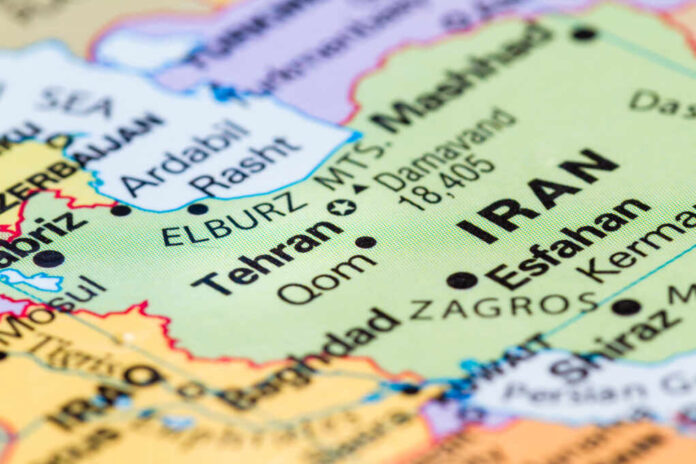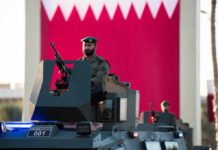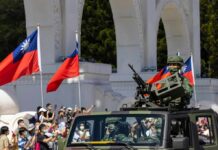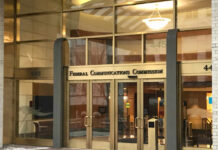
Allegations are swirling around the latest salvo in the ongoing standoff between Israel and Iran, as Israeli forces reportedly targeted Tehran’s electrical infrastructure, plunging parts of the city into darkness and further escalating regional tensions.
At a Glance
- Israeli strikes targeted Tehran’s power supply system, causing outages.
- The power disruption in northern Tehran was significant, affecting many residents.
- Israel also faced electricity disruptions near strategic facilities.
- Tensions mount as Iran vows retaliation and the US hints at regime change.
Escalating Tensions in Tehran
Israeli strikes on Monday reportedly hit Iran’s capital with considerable effect. The power distribution system in the northern part of Tehran was compromised, leaving numerous areas without electricity. Iran’s Fars news agency confirmed these disruptions, attributing them to damage inflicted by Israeli forces.
This attack is seen as another chapter in the expanding conflict between these two nations, where infrastructure damage acts as both a tactical and psychological blow. Despite rapid state responses to restore electricity, the incident aroused anxiety among Tehran’s residents regarding the safety and reliability of their urban infrastructure under foreign threat.
Strategic and Diplomatic Fallout
In a surprising twist, Israel reported disruptions of its own. The Israel Electric Corporation stated that electricity supply was affected in southern Israel due to damage near a critical infrastructure facility. The exact cause remains unspecified, adding another layer to this unfolding geopolitical drama.
“Due to damage near a strategic infrastructure facility of the Israel Electric Corporation in the south of the country, disruptions in electricity supply are being reported in several communities in the area,” the IEC said in a statement.
Amidst these hostile exchanges, Iran launched missiles towards Israel, with reports confirming disruptions there as well. Tensions have only augmented as Iranian Supreme Leader Ali Khamenei promised to retaliate against “the Zionist enemy,” catalyzing fears of a broader conflict. Meanwhile, the US signals the potential for sweeping changes, questioning the current regime’s sustainability.
Reevaluating Regional Safety Protocols
The need for resilient urban infrastructure in Tehran and other major cities is becoming increasingly apparent. However, the threatening military postures of both Israel and Iran could aggravate regional infrastructure fragilities, compelling both nations to reassess their defense and utility protocols.
“Israeli strikes on Monday hit a power supply system in the Iranian capital, triggering outages in some areas around the city.” – Iranian media reported.
Both the US and Iran continue to stake claims, as thousands on each side grapple with the humanitarian costs. If nations fail to prioritize diplomatic solutions over military might, these disruptions might just be the tip of a looming iceberg. As citizens everywhere brace for further developments, the coming months could unveil whether de-escalation or division will define the Middle East’s future landscape.

























